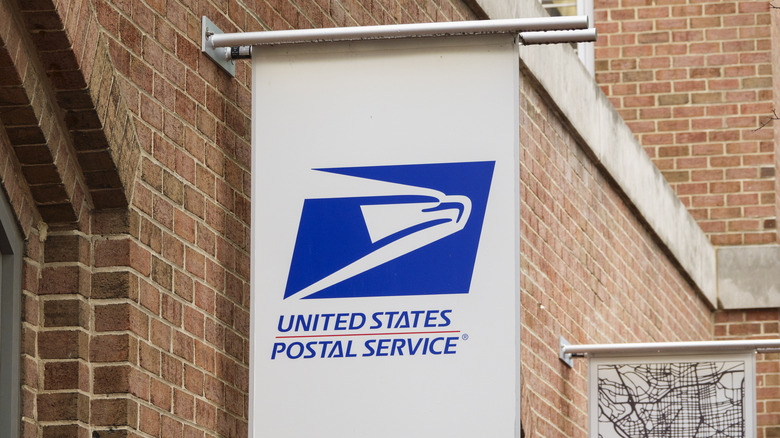Check Your Mail Budget: USPS Stamp Prices Just Went Up
On July 13, 2025, the U.S. Postal Service (USPS) raised its prices again. The cost of a First-Class Forever Stamp went up from 73 cents to 78 cents, the price of a postcard sent within the United States rose from 56 cents to 61 cents, while a one-ounce letter sent to another country now costs $1.70, up from $1.65. This is the third price increase in just over 18 months and the fourth time in two years. The Postal Service made the change in a notice sent to the Postal Regulatory Commission.
USPS can raise stamp prices twice each year under a 2020 Postal Regulatory Commission rule that ties hikes to rising costs and each service's revenue needs. On July 13, it used one of those chances to add five cents to every first-class stamp, which means if you mail 12 letters each month (144 a year), you will pay $7.20 more over the year. Postcards now cost five cents more too, so mailing one postcard each month means another 60 cents added to your yearly bill. Still, at 78 cents, U.S. stamps still cost less than in other countries since 2024 . Case in point, the United Kingdom's Royal Mail now charges £1.70 (about $2.28 as of July 2025) for a first-class letter up to 100 gram, while Canada Post raised its single-letter rate to C$1.44 (about $1.05).
Why USPS prices are increasing
The U.S. Postal Service (USPS) lost $9.5 billion in 2024, which was up from $6.5 billion the year before. Over 80% of that loss came from costs it can't change, such as payments into retired worker pensions and large, non-cash charges for worker injuries. At the same time, it added 1.7 million new delivery stops in 2023 even though people send far less mail. The average pieces dropped per stop fell from 5.5 in 2007 to 2.6 in 2023, a 53% drop. With fewer letters and packages, there is less money to cover higher pay, fuel, and transport costs, so each fixed cost now hits the budget even harder.
USPS gets no regular tax money, so its main tool is price. This is why it raised the Forever Stamp by five cents to 78 cents and pushed overall mailing rates up about 7.4%. This change was made to fund the Delivering for America plan, a 10-year effort that needs $40 billion for staff, equipment, vehicles, and sorting centers. The extra stamp revenue goes into that fund to help cover losses and pay for updates that will cut costs over time. Besides, the trend of increasing prices isn't limited to stamps. There has been a significant increase in the price of certain groceries and the cost of doing business has led to dollar tree upping the price of items as of March 2025.
How to cope with the hike
Buy books of Forever stamps before each price rise. Forever stamps never expire, so each stamp you buy at 78 cents will still mail a one-ounce letter even if rates go up. USPS can raise prices twice a year under its 2020 rules, so the next hike could come in January 2026. If it adds five cents again, each book you buy today will save you $1, and using five books a year means $5 back once the new rate starts. USPS posts its plans about 90 days ahead, its April 9, 2025 notice previewed the July 13 hike, so watch for those alerts and buy early during the advance window.
Next, cut how many stamps you use by moving bills and statements online, which can replace 30 or 40 envelopes a year and save $30 to $40 in postage. Use digital signatures or certified e-mail instead of green-card Certified Mail; Pitney Bowes says an electronic Return Receipt now costs $2.82 instead of $4.40 for the paper card in 2025, saving $1.58 each time you send it this way. When you must print, use a postage meter or an online print service, since metered one-ounce letters stay at 74 cents under the July 2025 rate, four cents less than retail stamps, so a home office sending 50 invoices a month saves about $24 a year.


